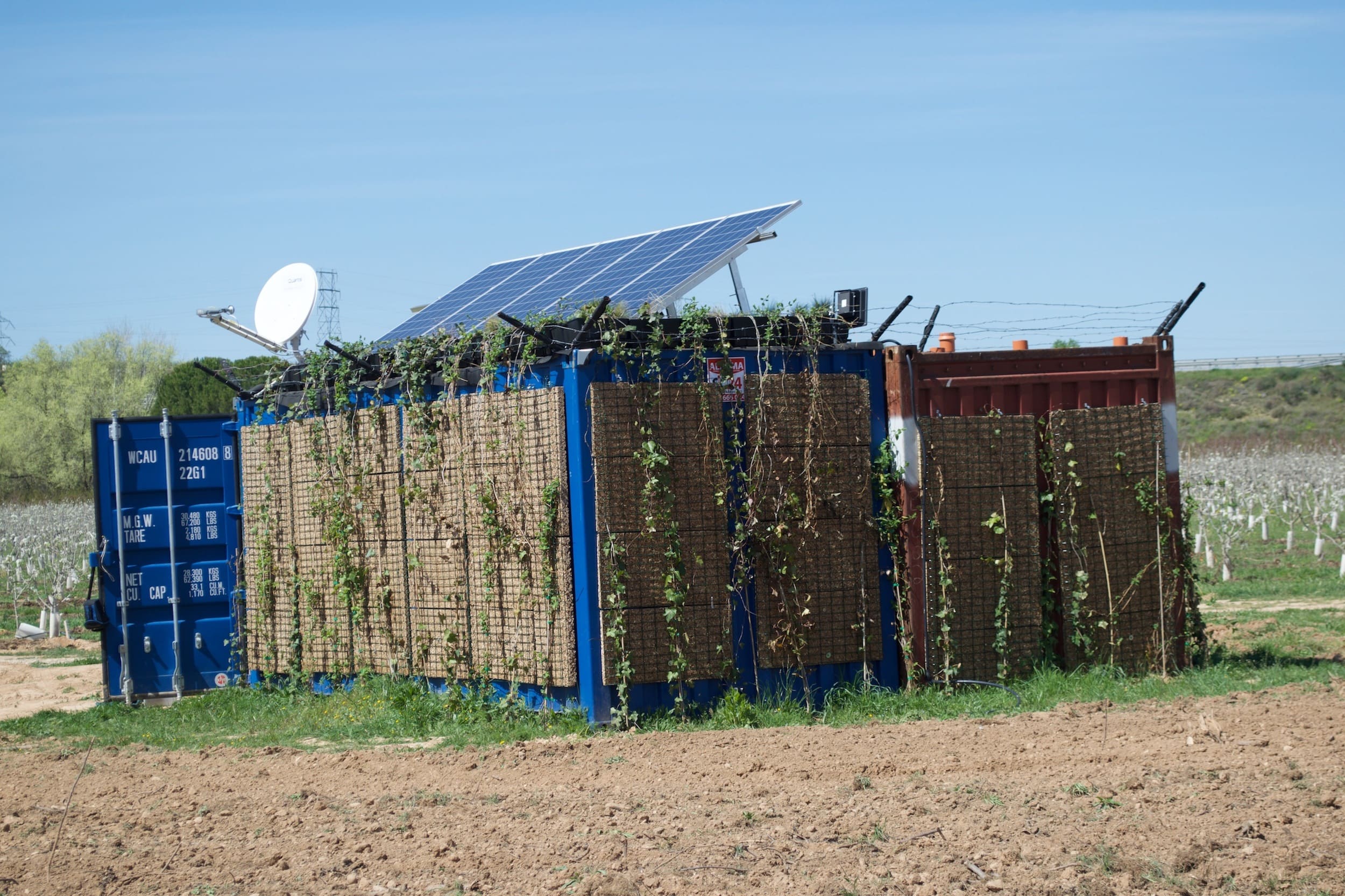ICTs for determining operational parameters of engineered wetlands designed for the treatment of nitrate-polluted water
Main Article Content
Abstract
Due to the agricultural practices in Spain, 13% of the entire territory has been declared as vulnerable to nitrate-polluted water. In order to mitigate the environmental impact caused by nitrogen, a hybrid system of artificial wetlands has been engineered thanks to the European project known as LIFE REAGRITECH. The prototype has been thought as a compact, modular, and portable system, automated and operated in a remote manner. Monitoring of the system will result in valuable knowledge for public management, farmers, researchers, and universities, and it will provide useful information intended to improve the decision-making process as a way of preserving water resources and environment. Project REAGRITECH offers significant future perspectives in the field of agriculture in Europe and in Colombia as well.
Article Details
References
[2] European Environment Agency Present concentration of nitrate in groundwater bodies in European countries, 2007.
[3] L. Fernández, 'Enseñanza de las Ciencias de la Tierra', (15.3), 257-265, 2007.
[4] J. Vymazal, 'Removal of nutrients in various types of constructed wetlands', Sci. Total Environ. 380, 48–65, 2007.
[5] A. Pérez, M. Milla, M. Mesa, 'Impacto de las tecnologías de la información y la comunicación en la agricultura', Cultivos tropicales, 27(1), 11-17, 2006.
[6] A. Calera, I. Campos, 'El uso de la teledetección en la gestión del agua en la agricultura de regadío. Incorporación de la teledetección a la gestión del agua en la agricultura. Monográfico riegos del alto Aragón. Enero 2010, 13-15, 2010.
[7] J. Chaparro, B. Pérez, 'Agro-Tic’s una Visión tecnológica integrada e interactiva de información para el desarrollo agrícola en Venezuela', 11th Latin American and Caribbean Conference for Engineering and Technology, Cancún, México, August 14-16, 2013.
[8] J. Morillo, M. Bellido, E. Gordillo, 'La agricultura y las nuevas tecnologías', La agricultura y las ganaderías extremeñas en 2005, Cap. 19, 383-401, 2005.
[9] R. Kadlec, S. Wallace, 'Treatment wetlands,' 2nd edition, Taylor & Francis Group, 2009.
[10] R. Ayers, D. West Cot, 'La calidad del agua en la agricultura', Estudio FAO, Serie Riego y drenaje. Nº 29. Rev. Ed. FAO. 85, 1987





